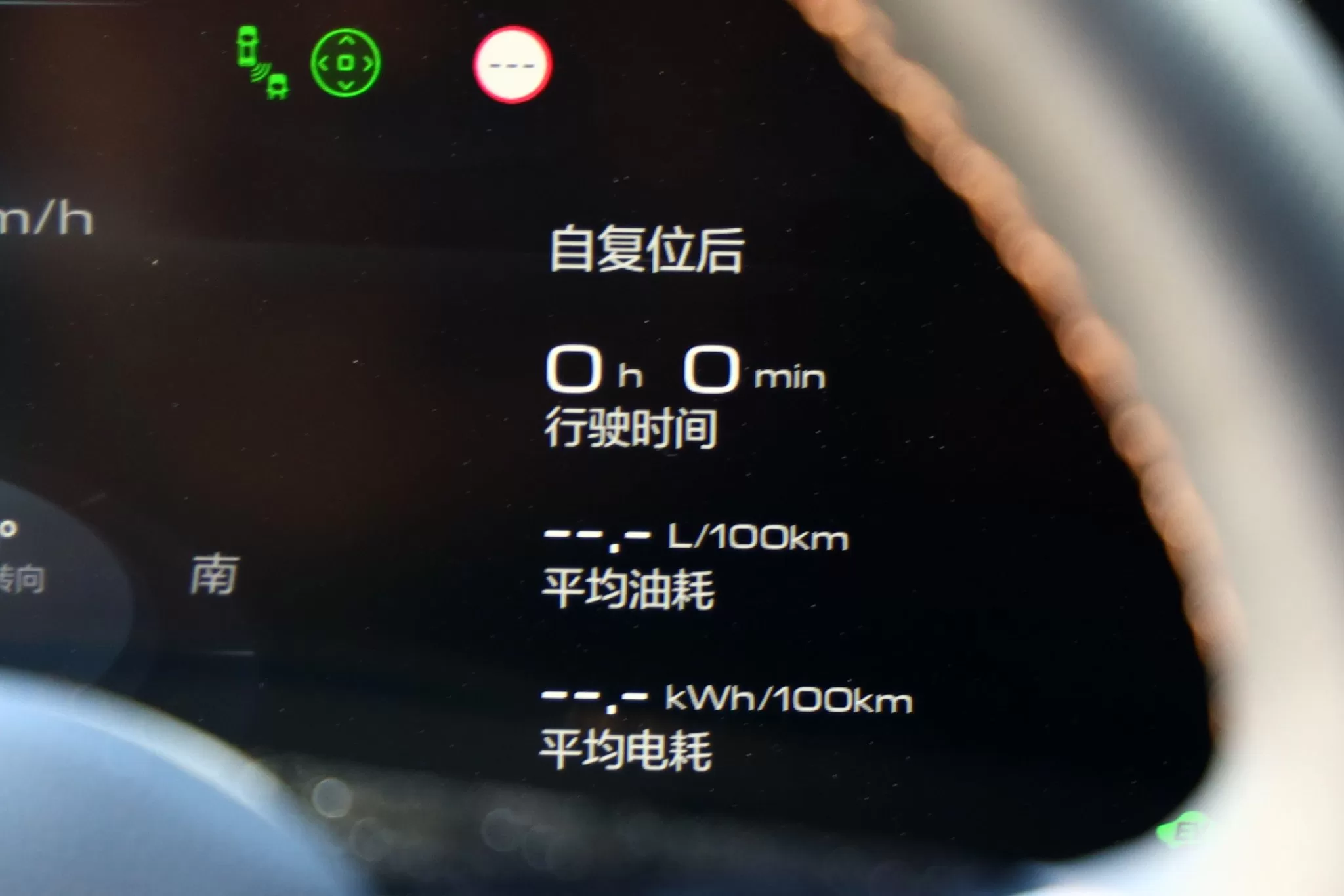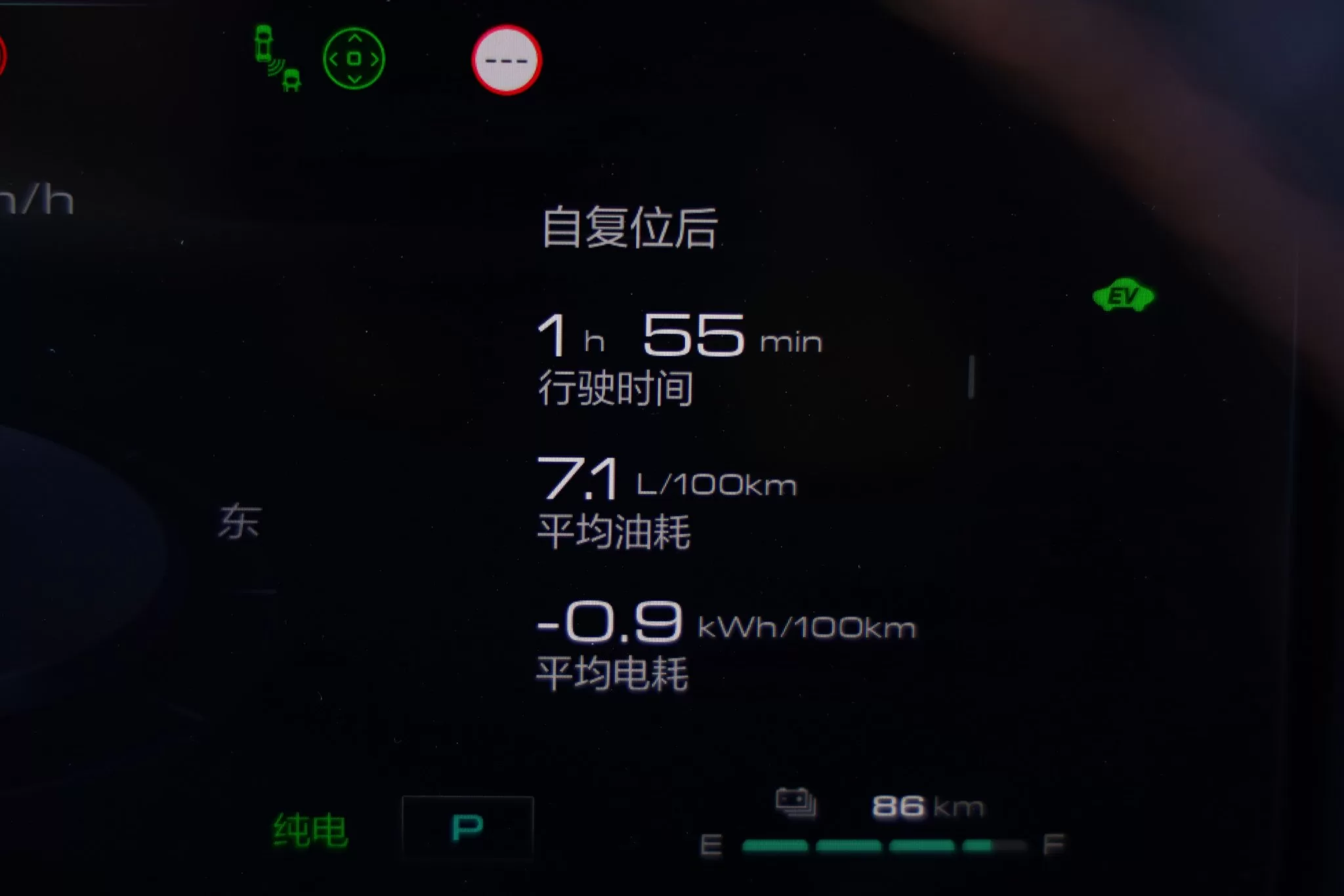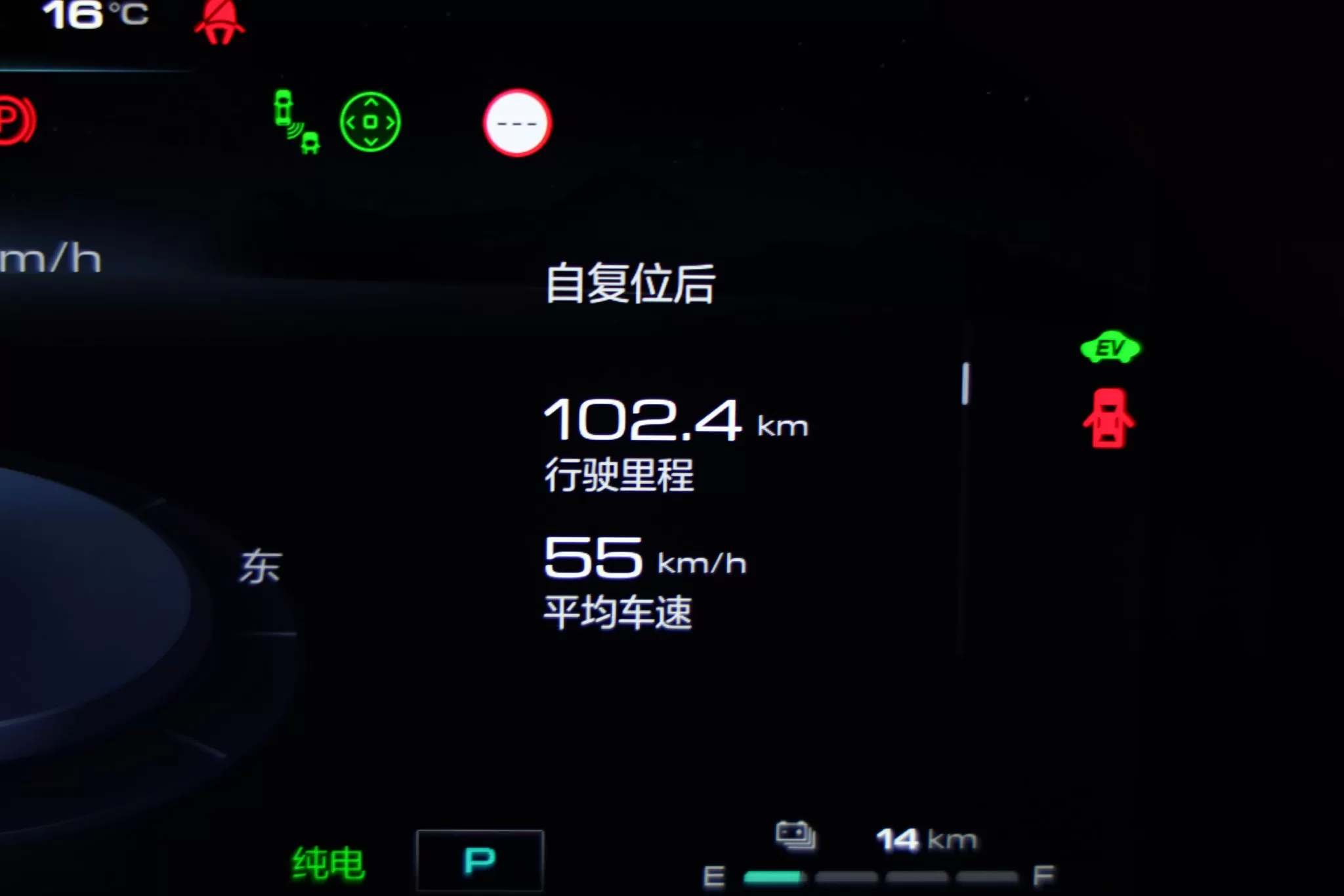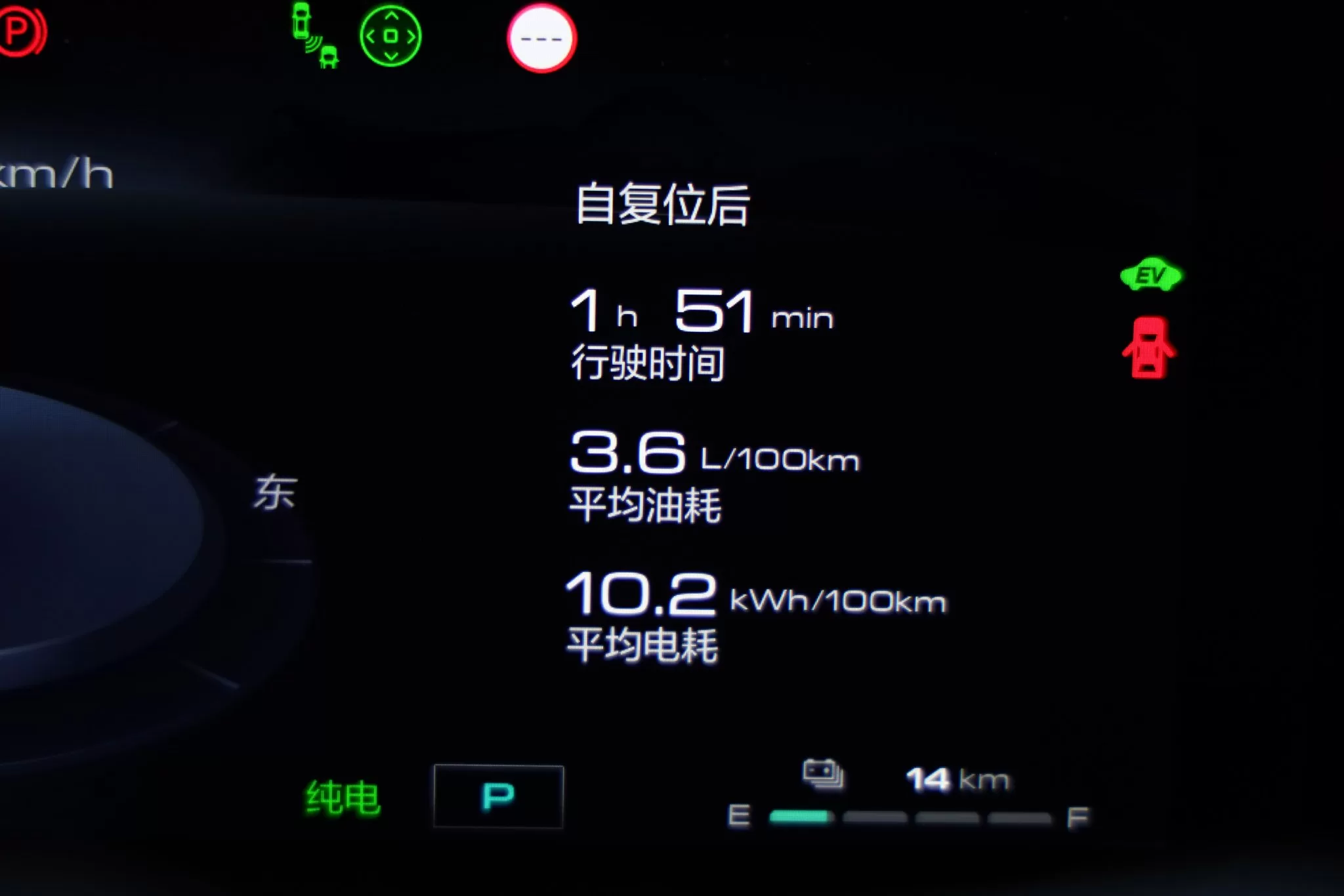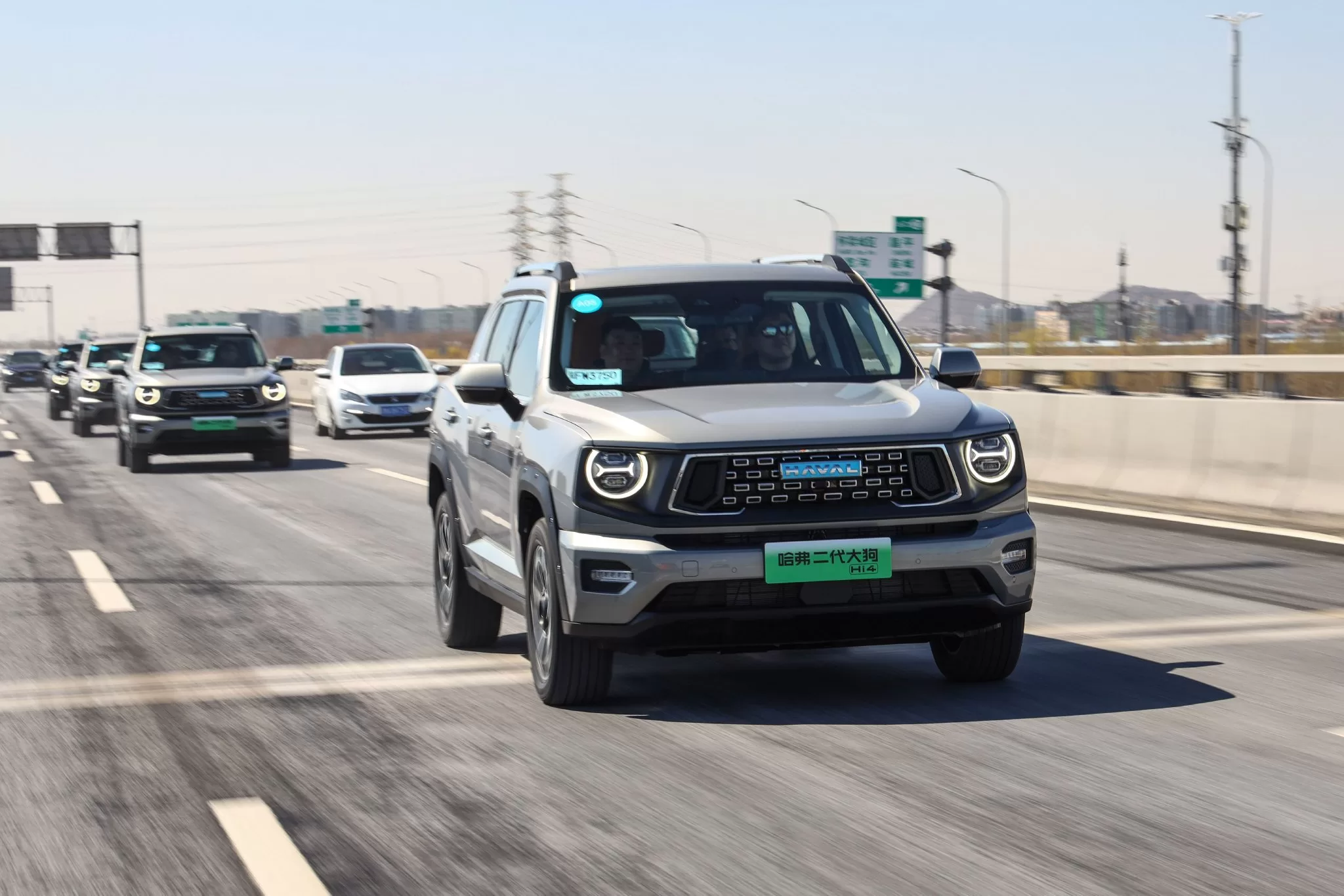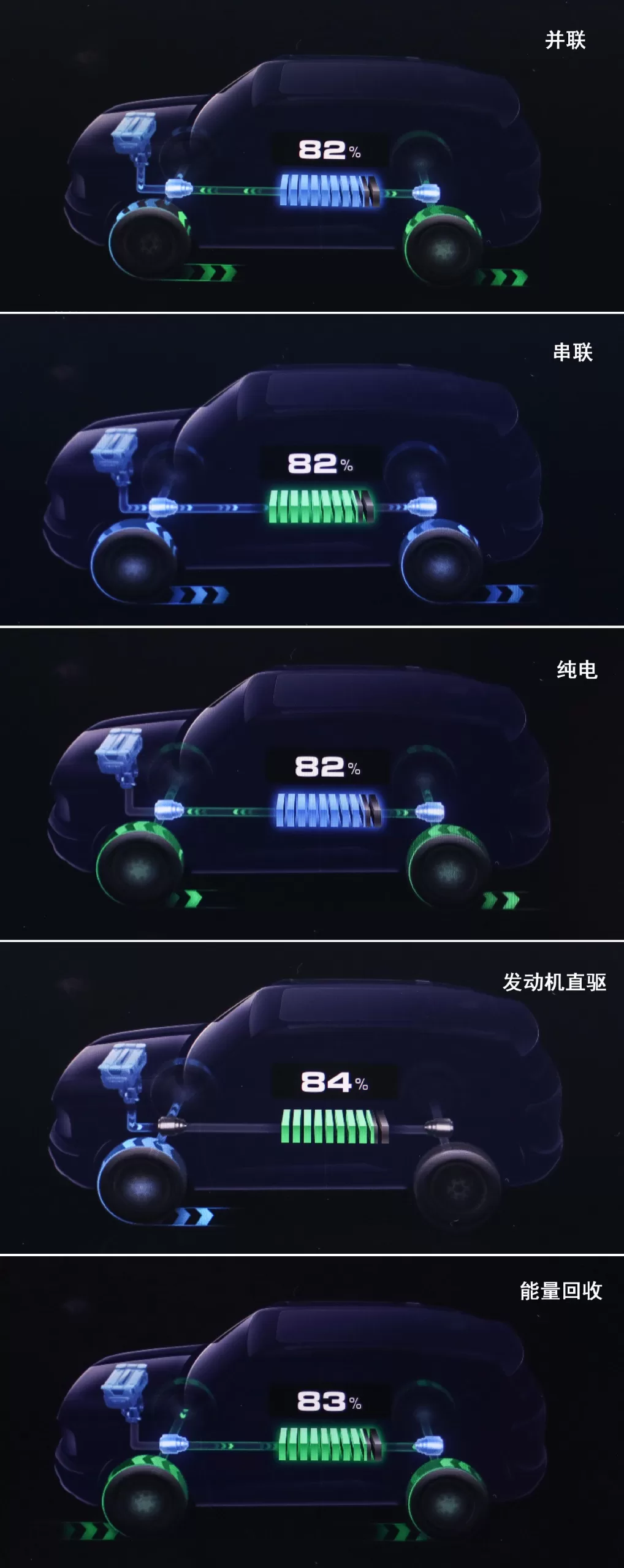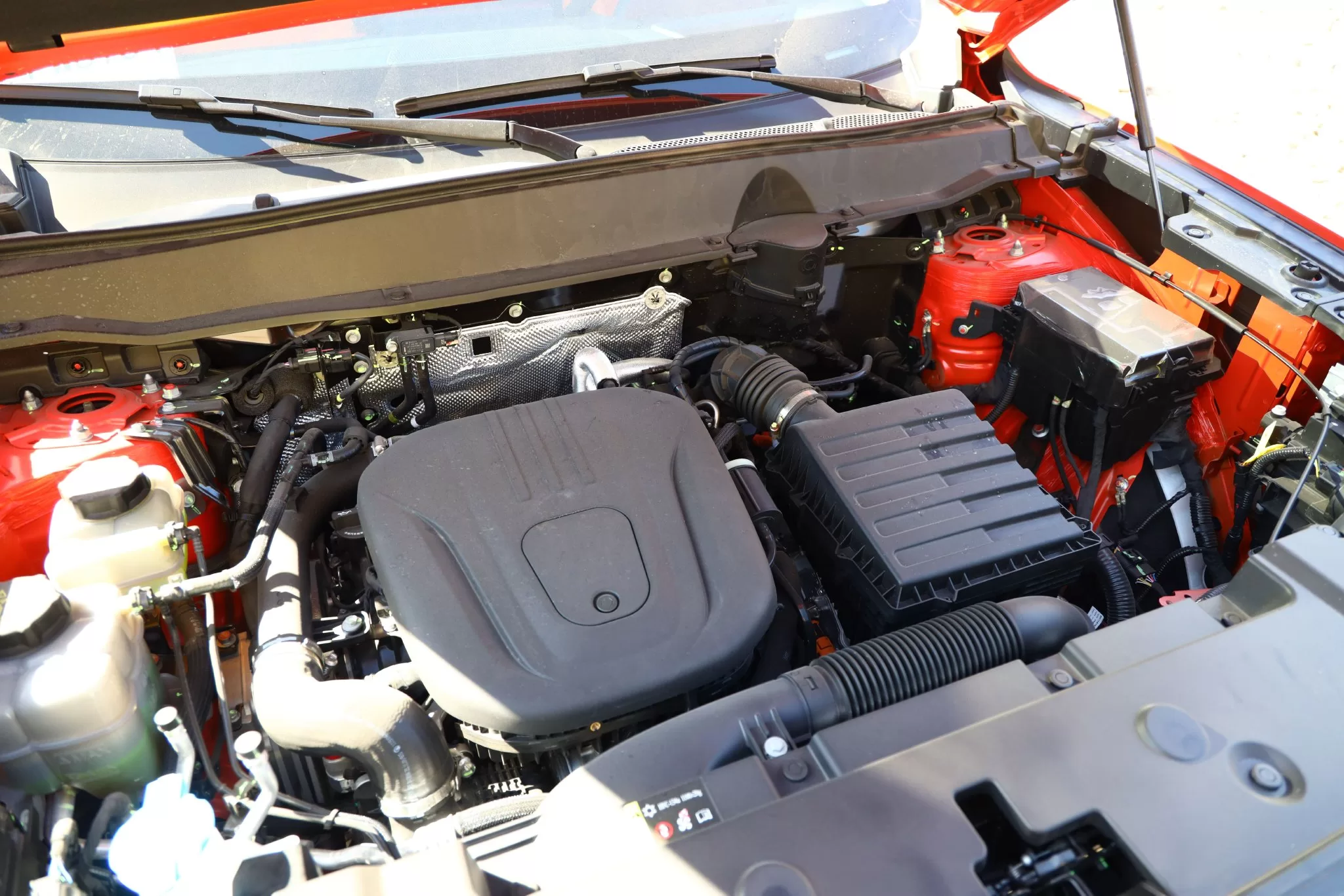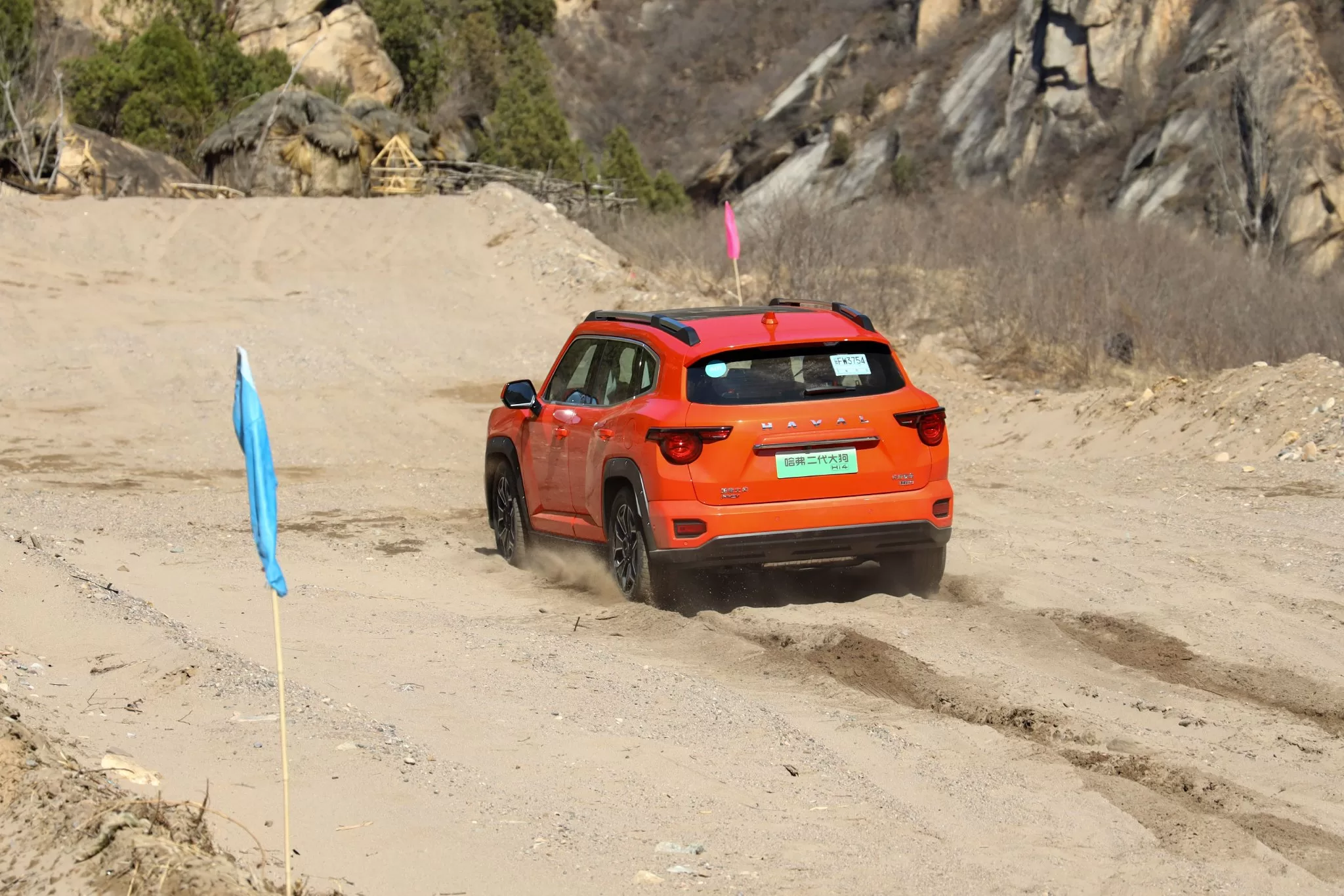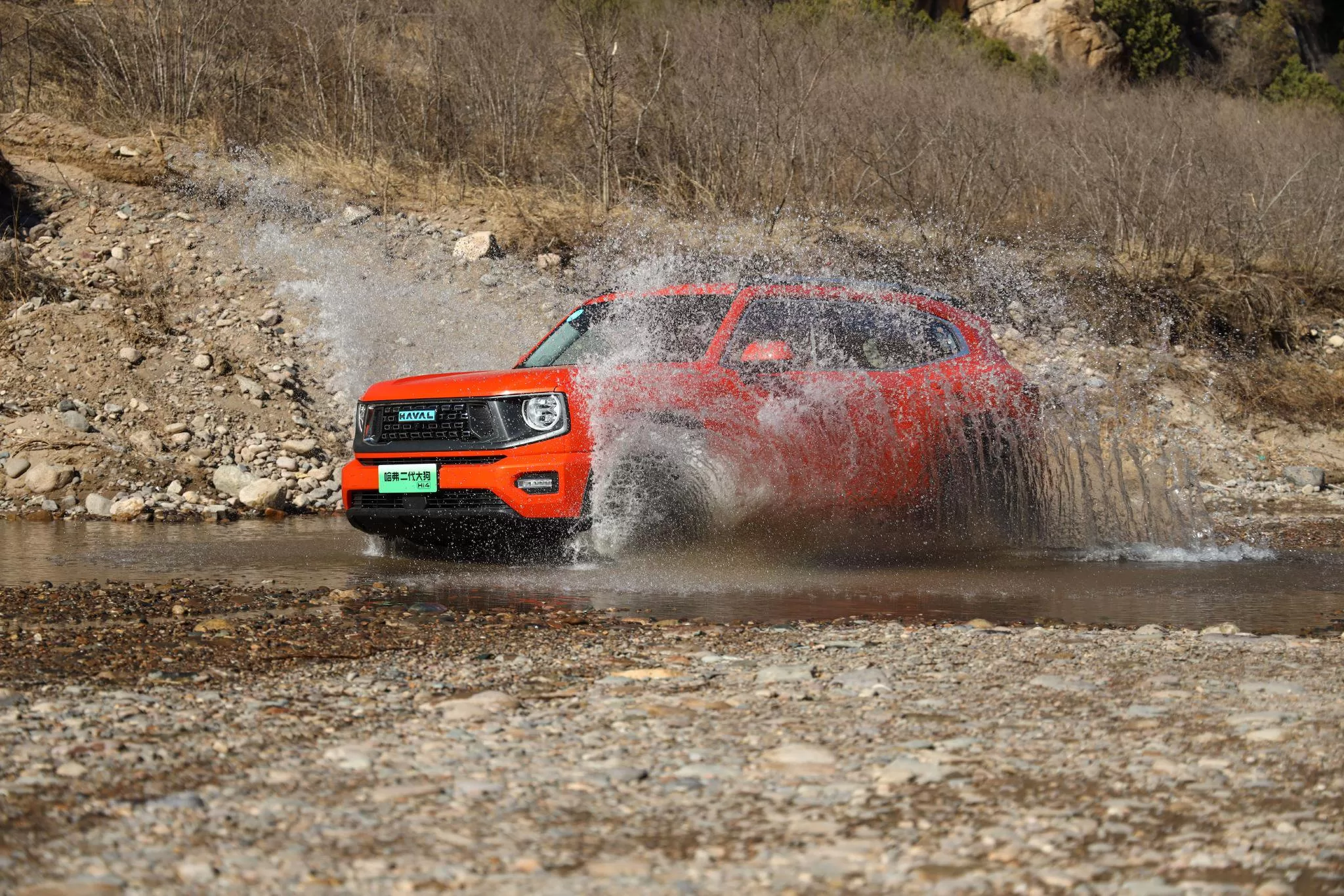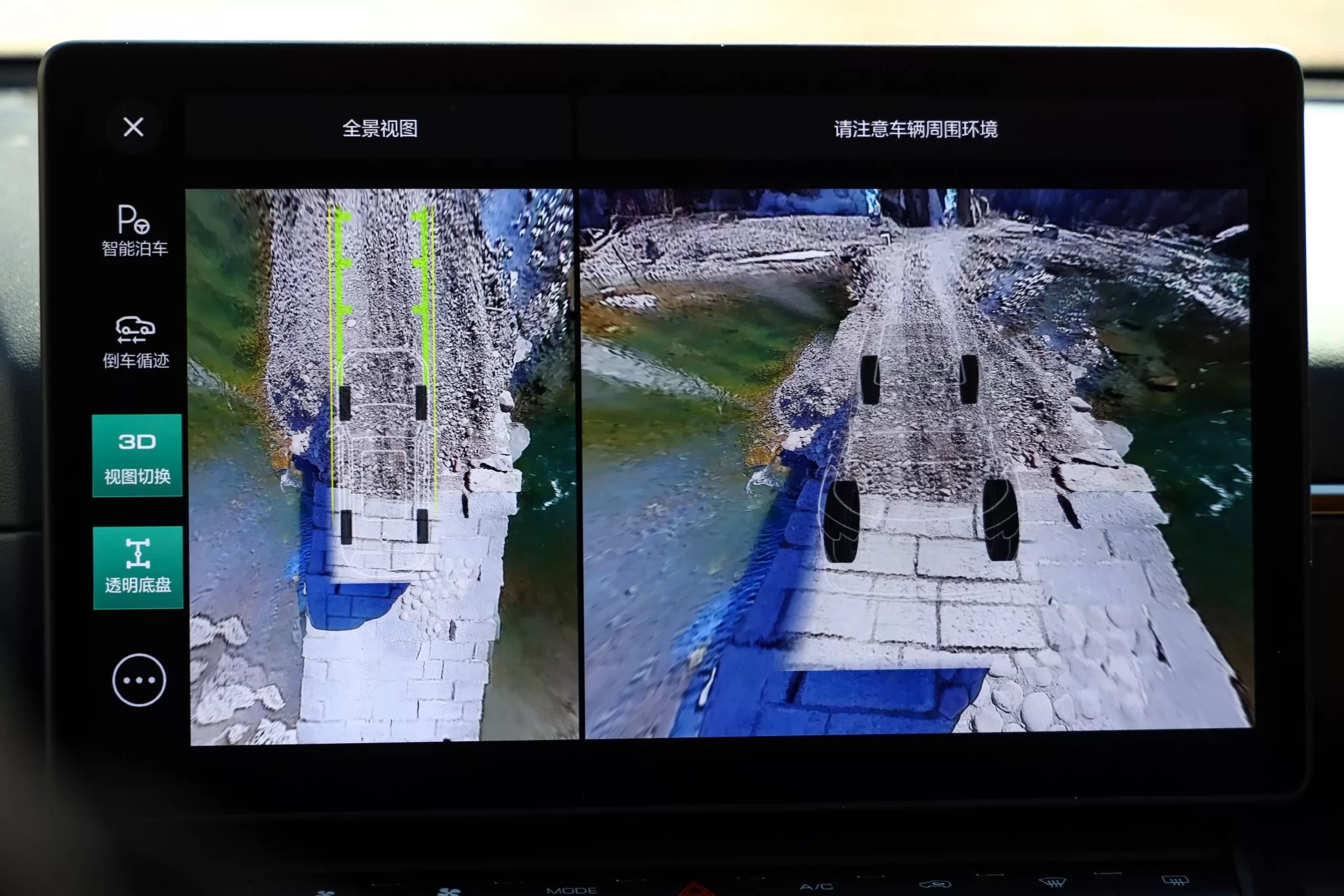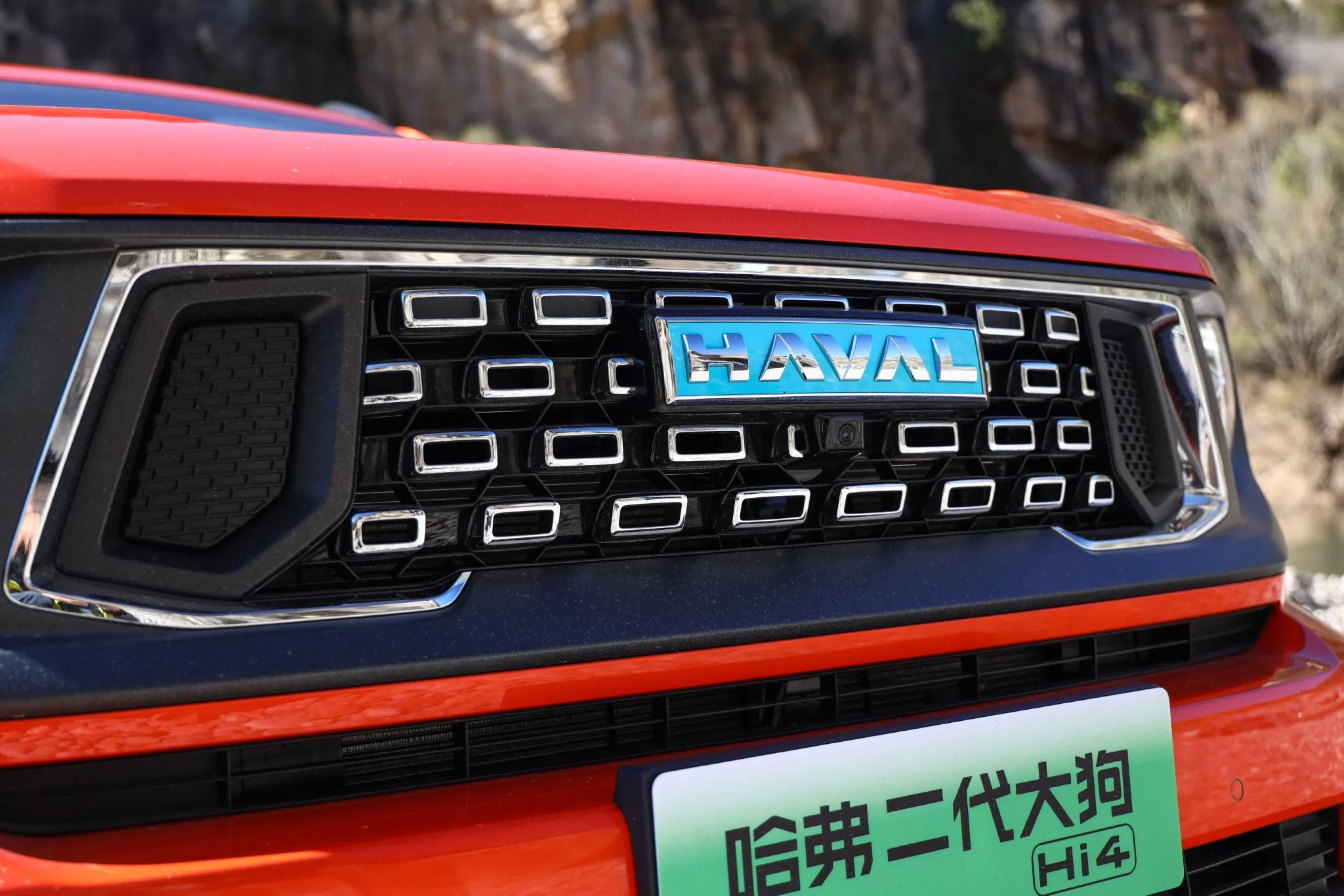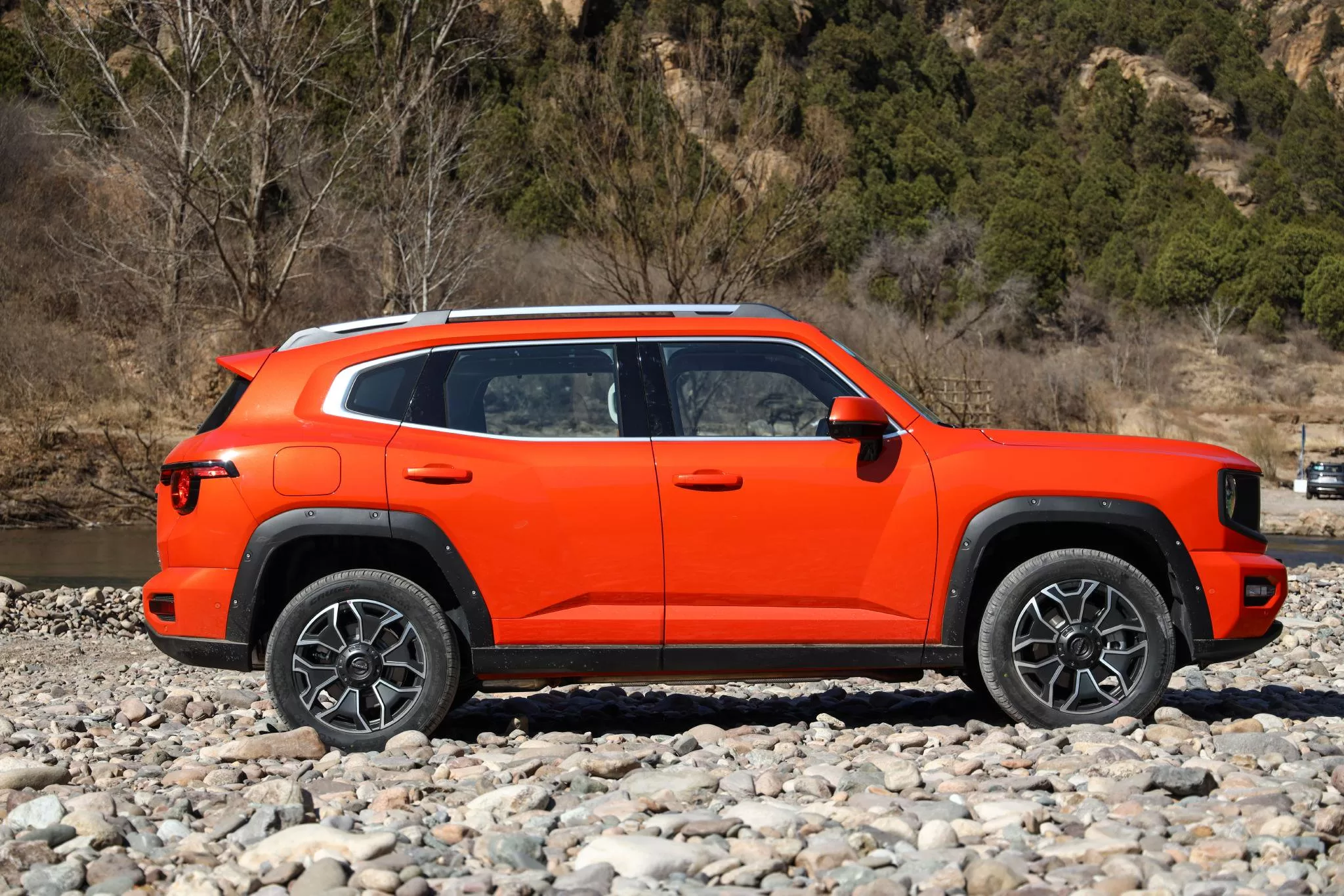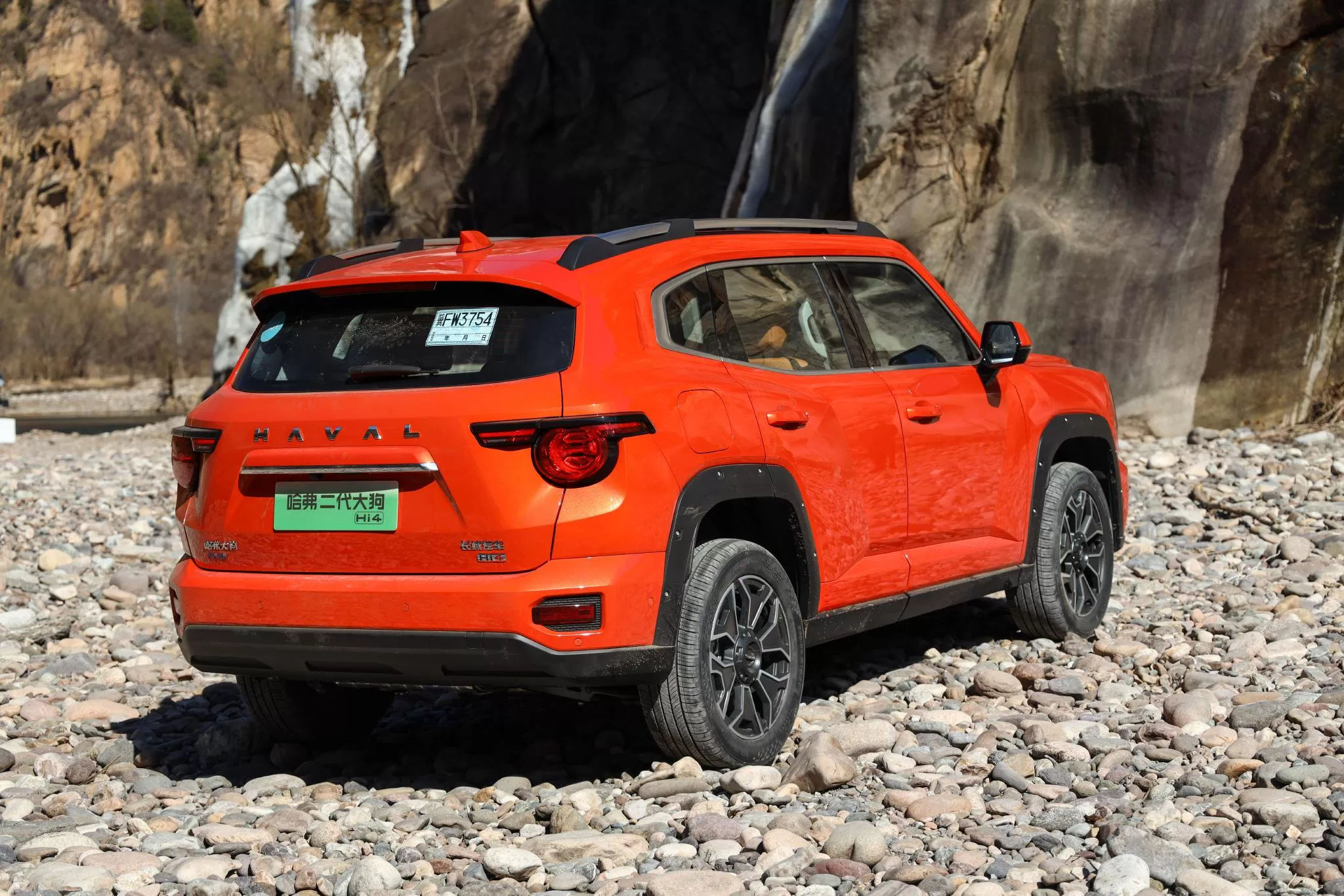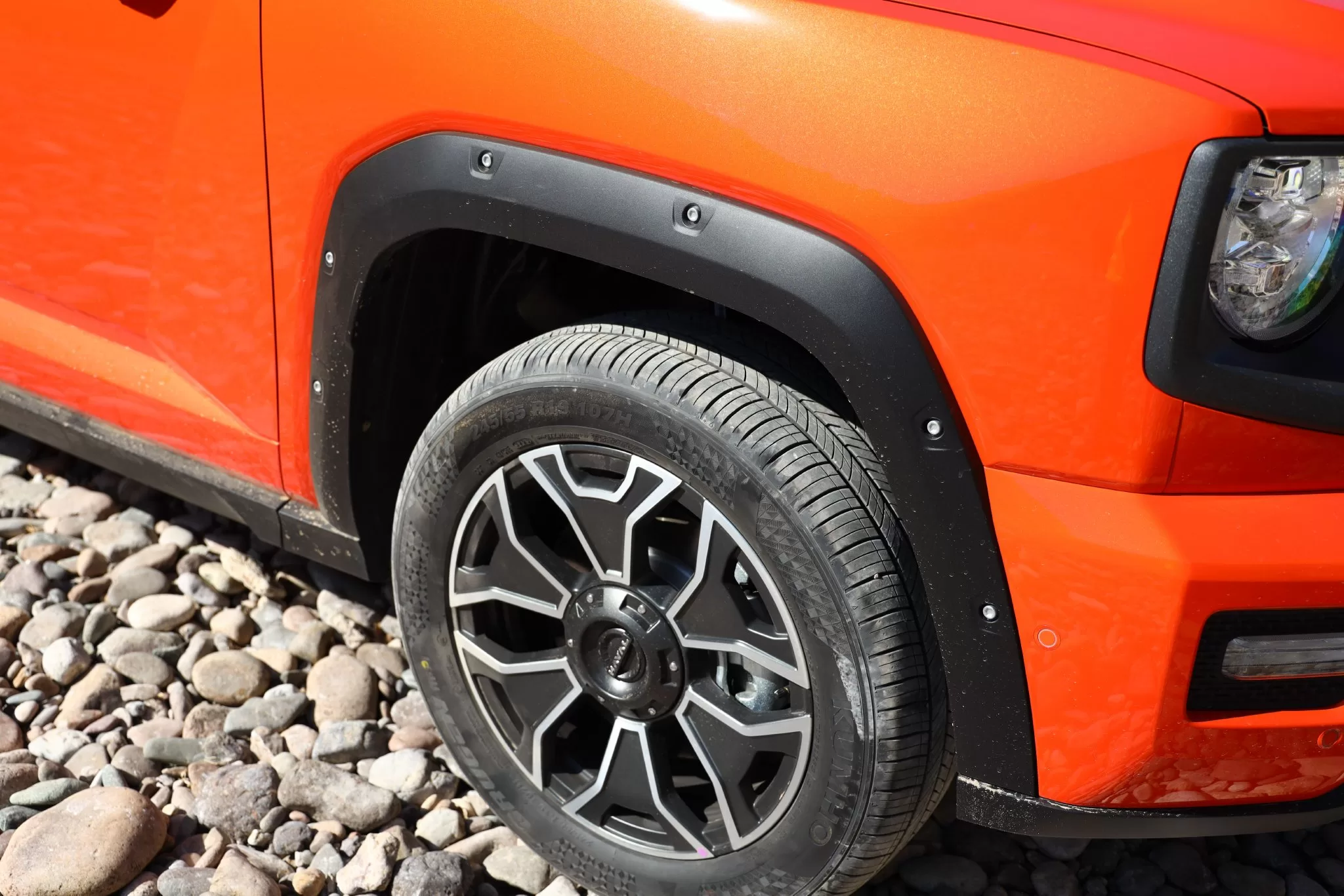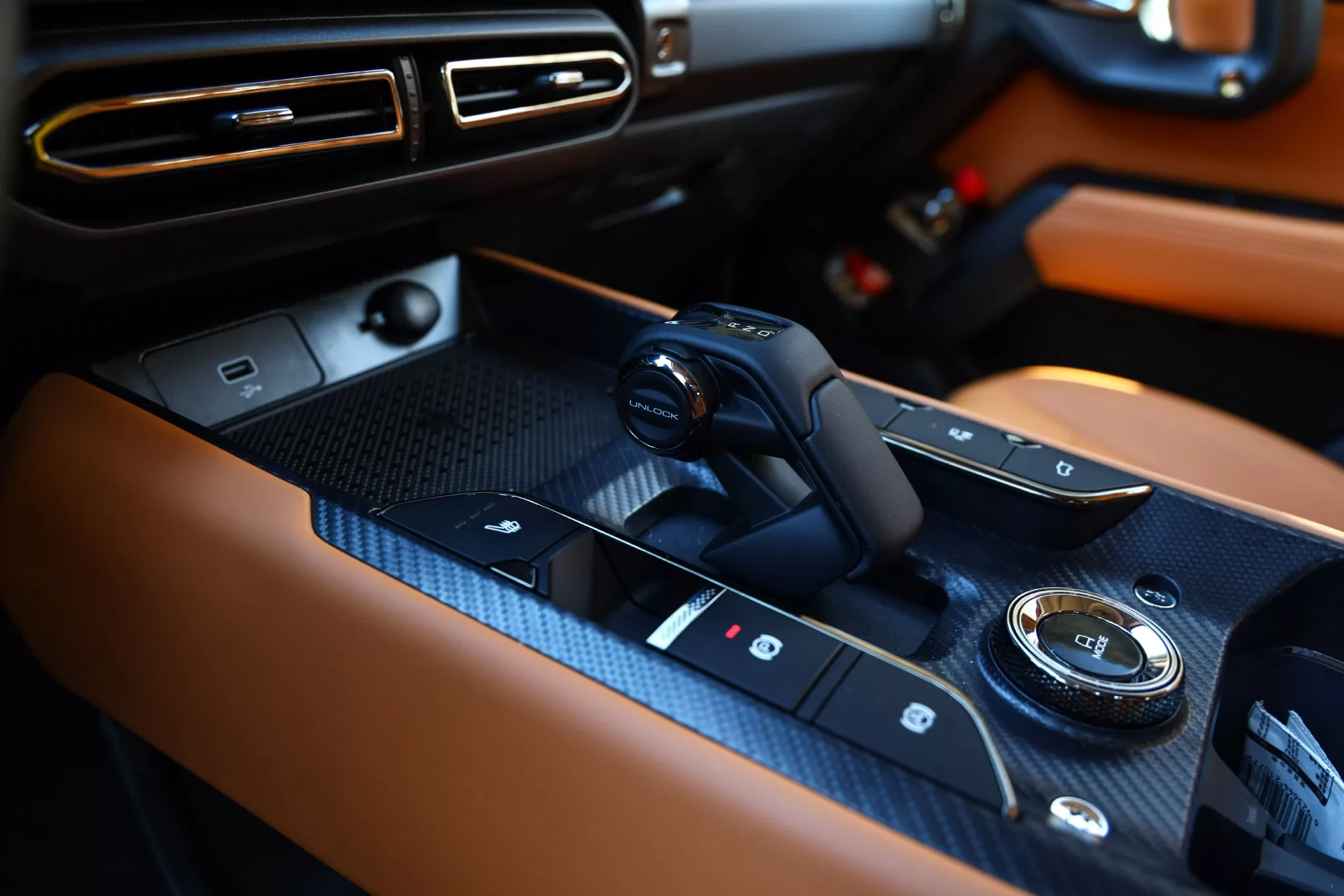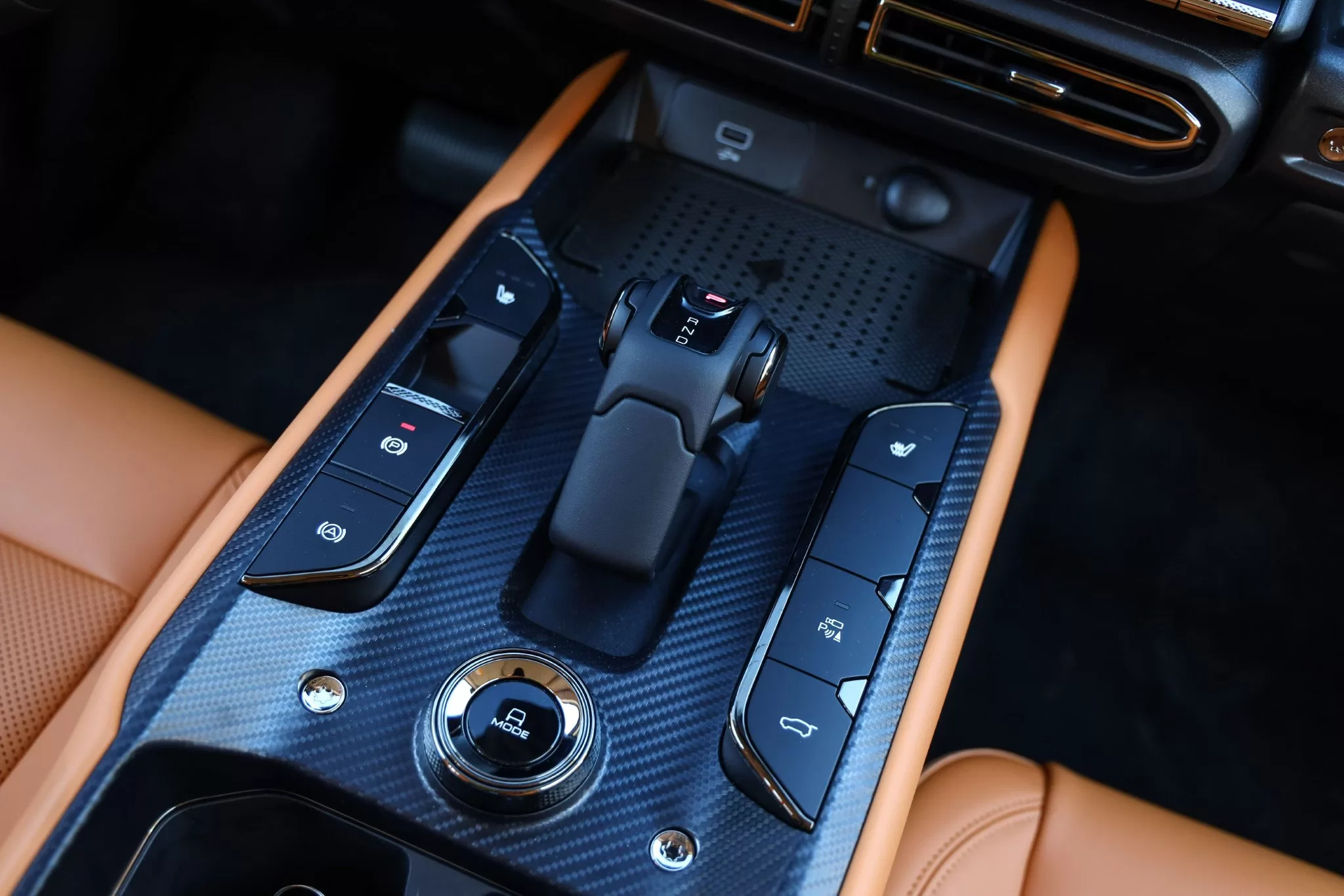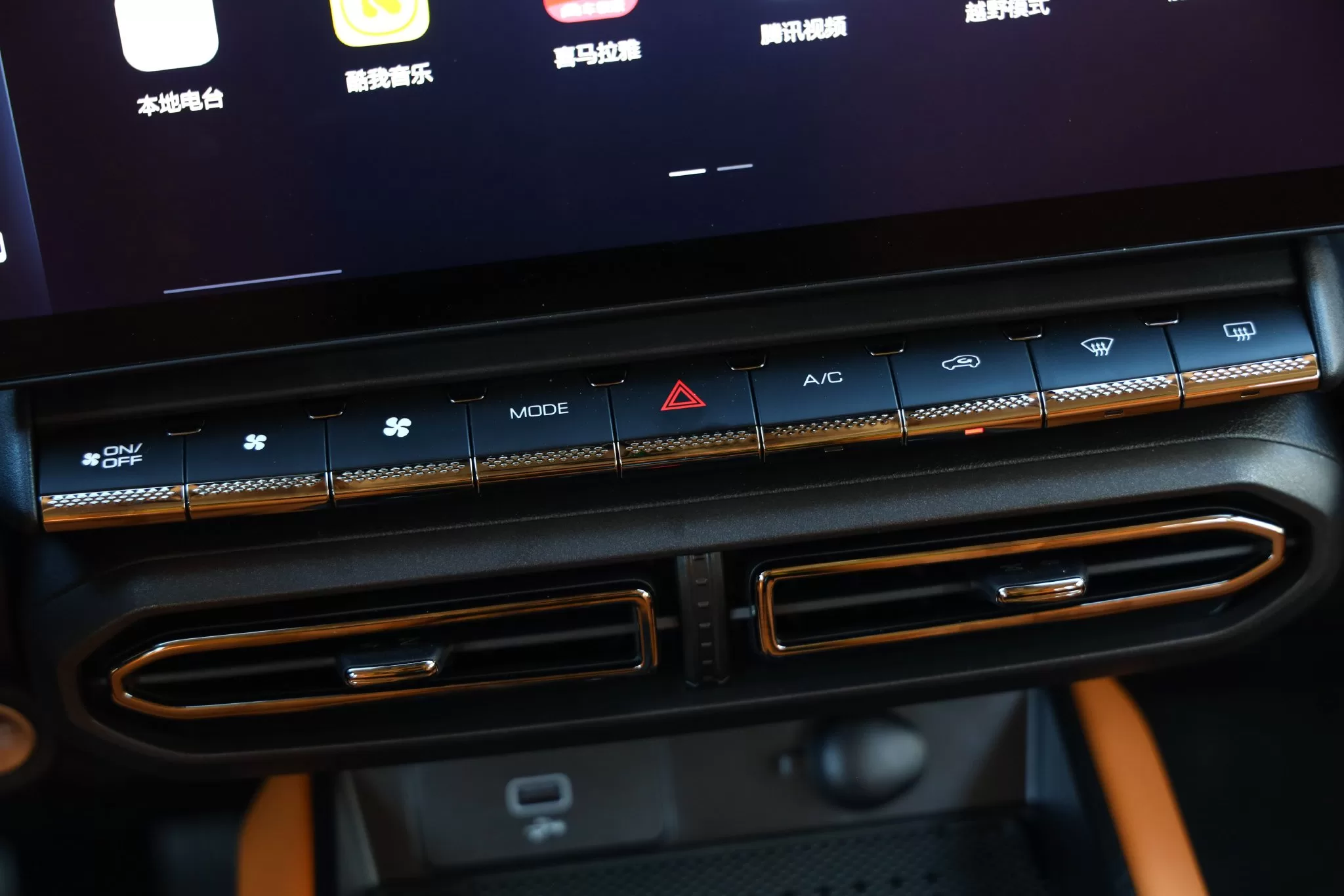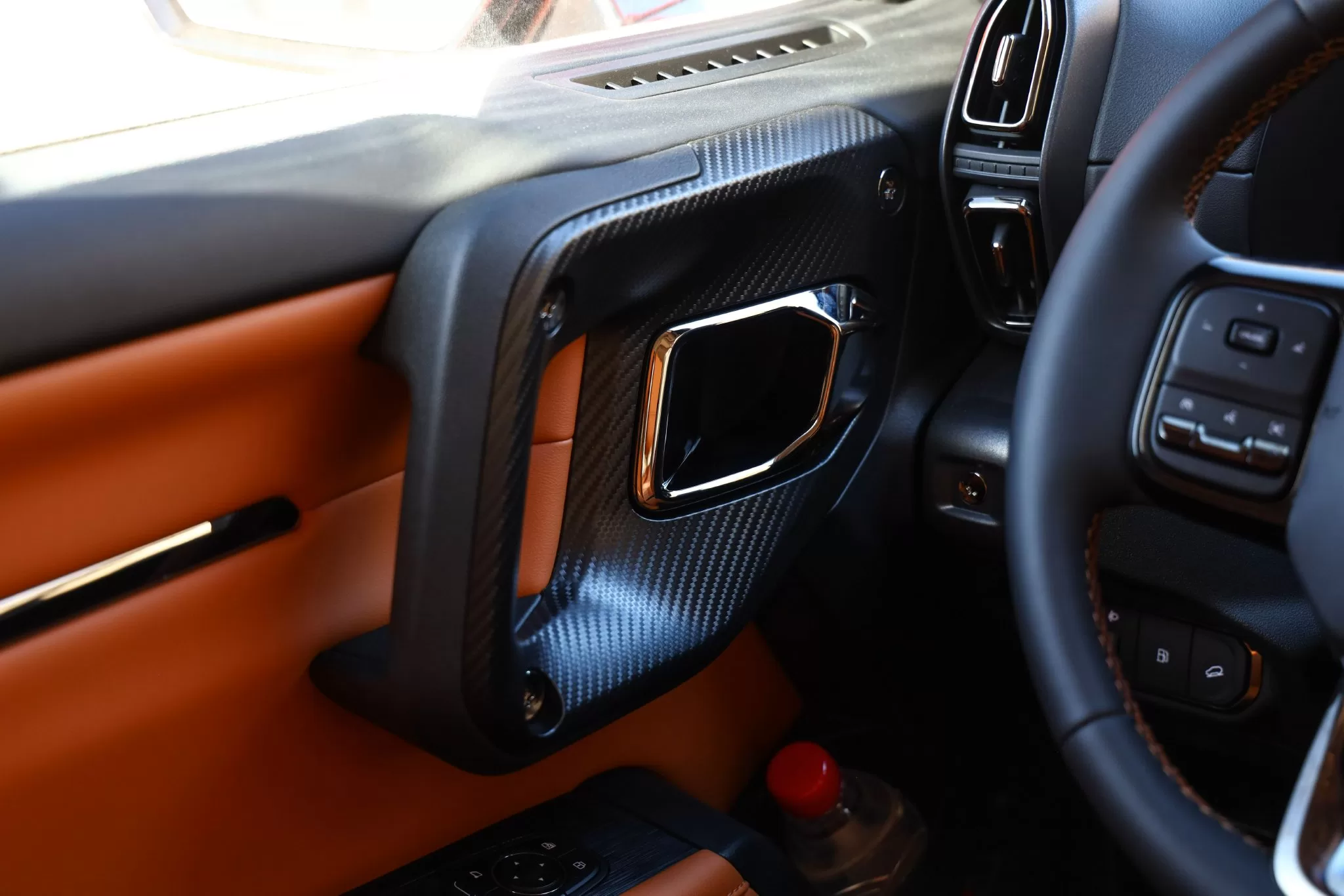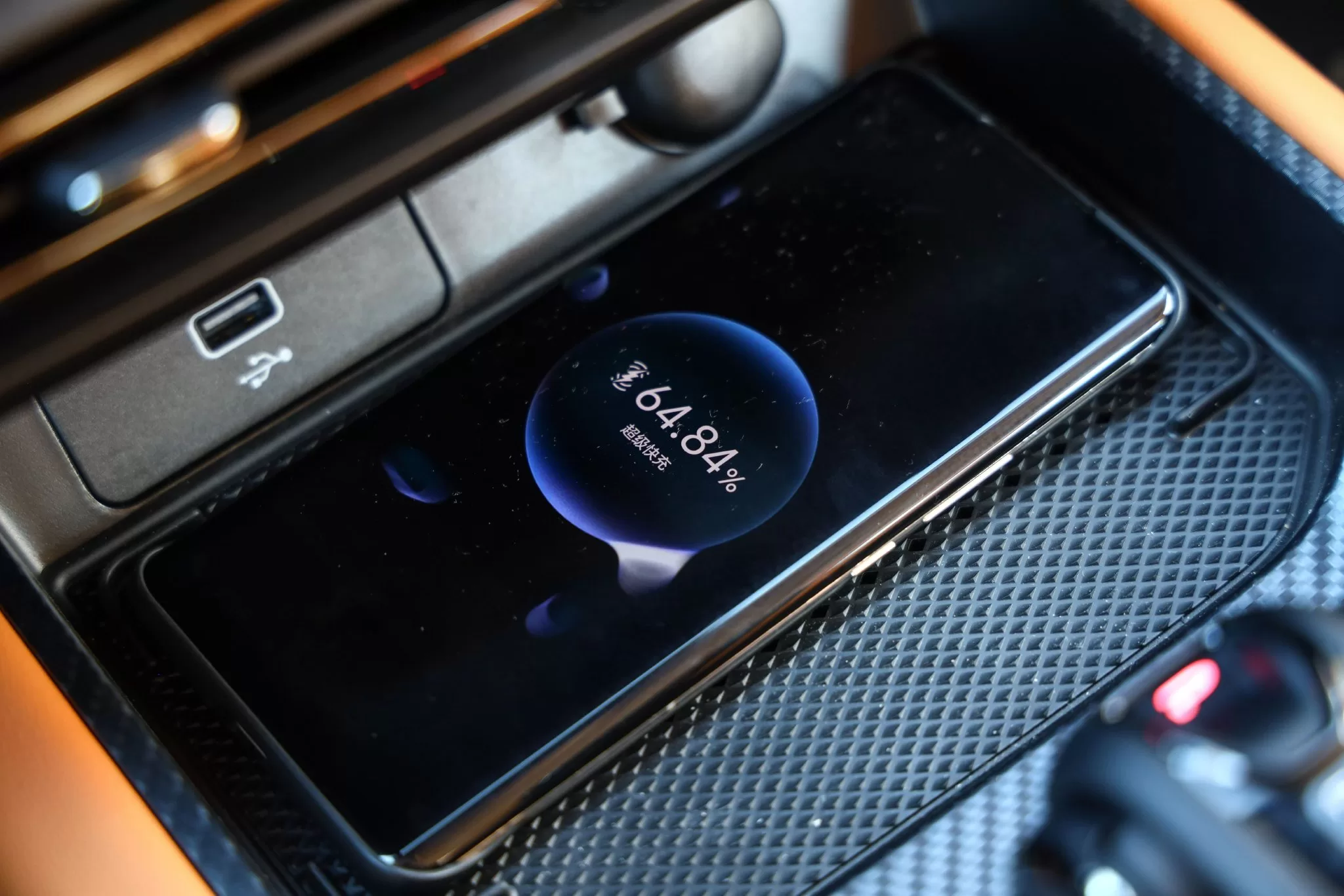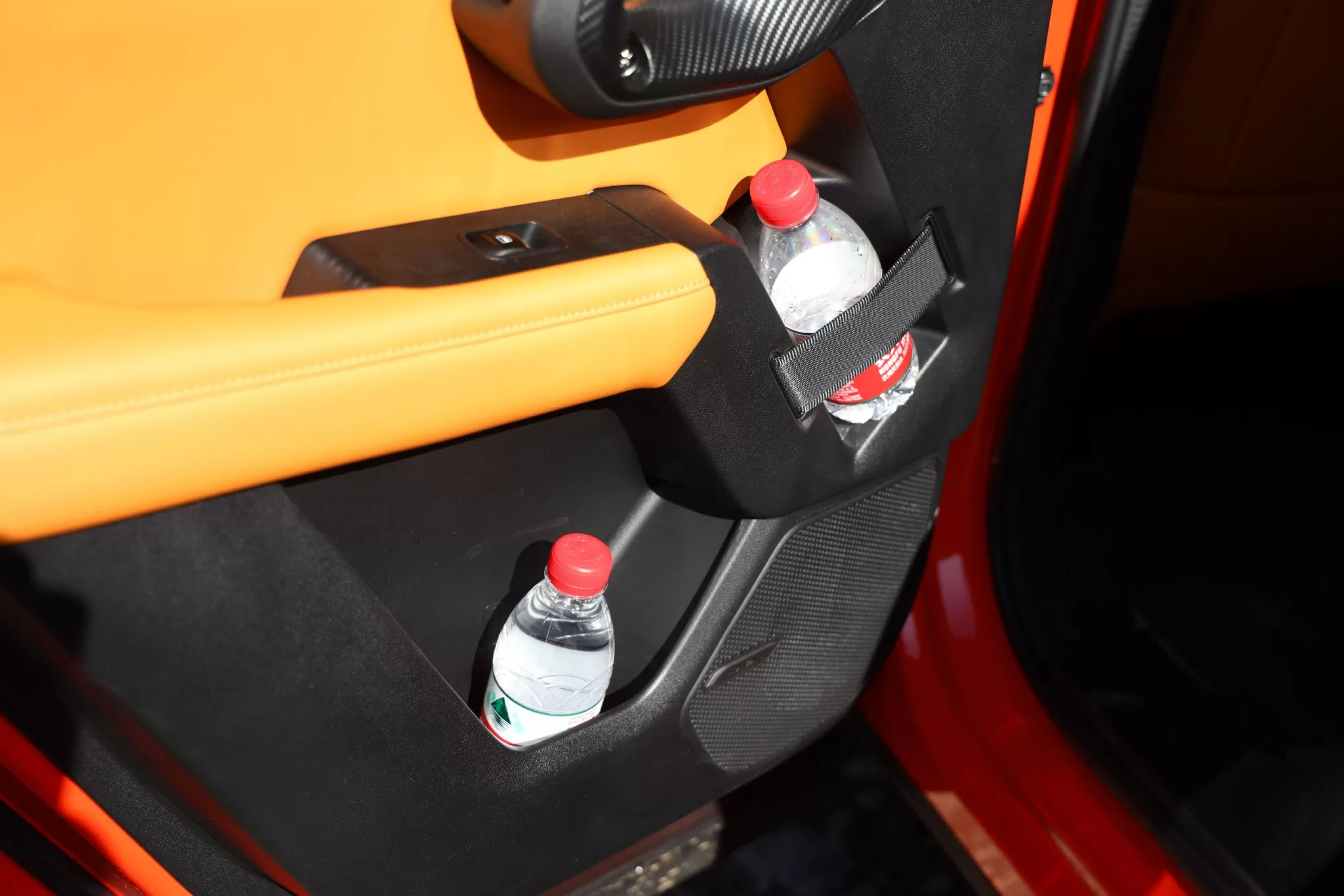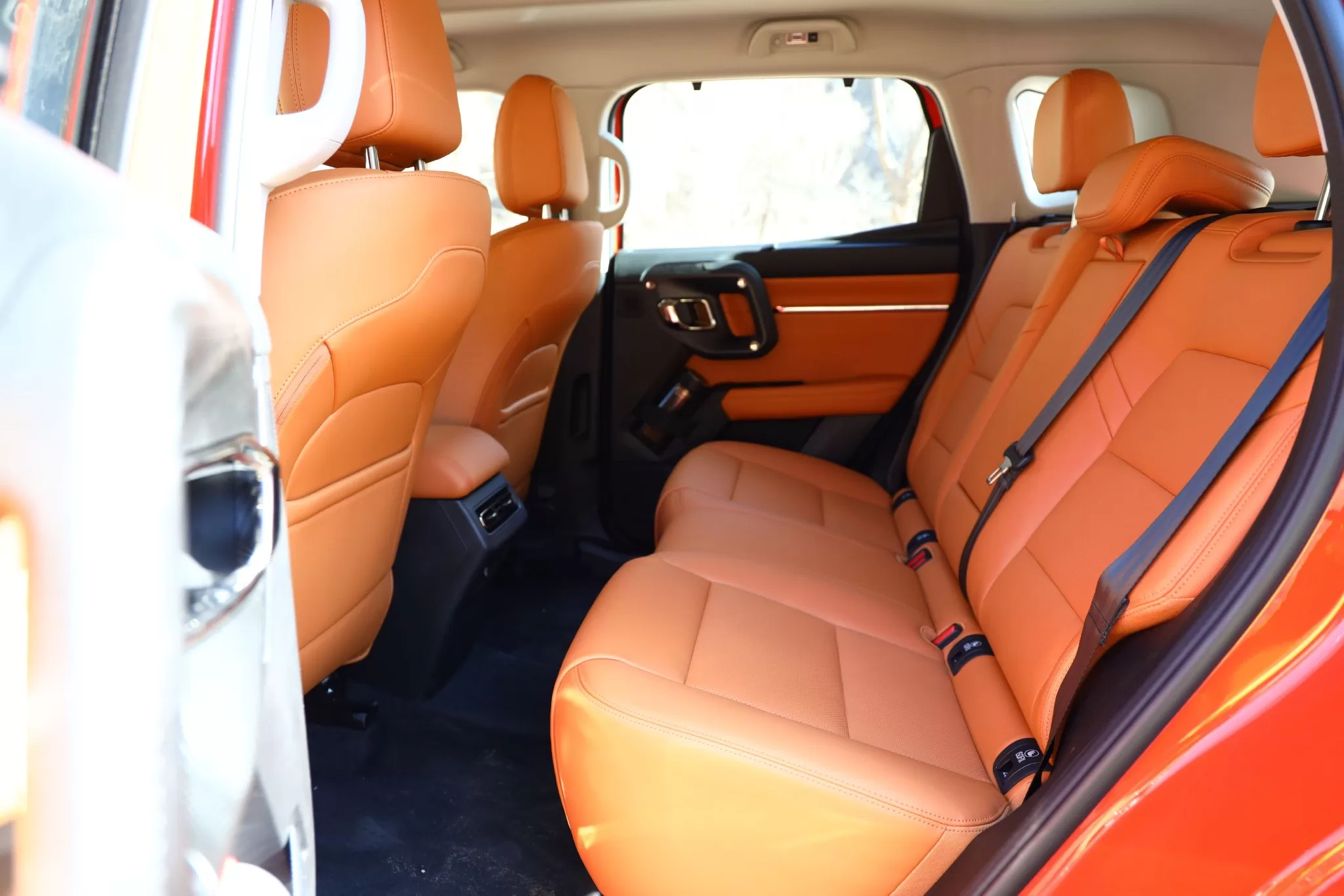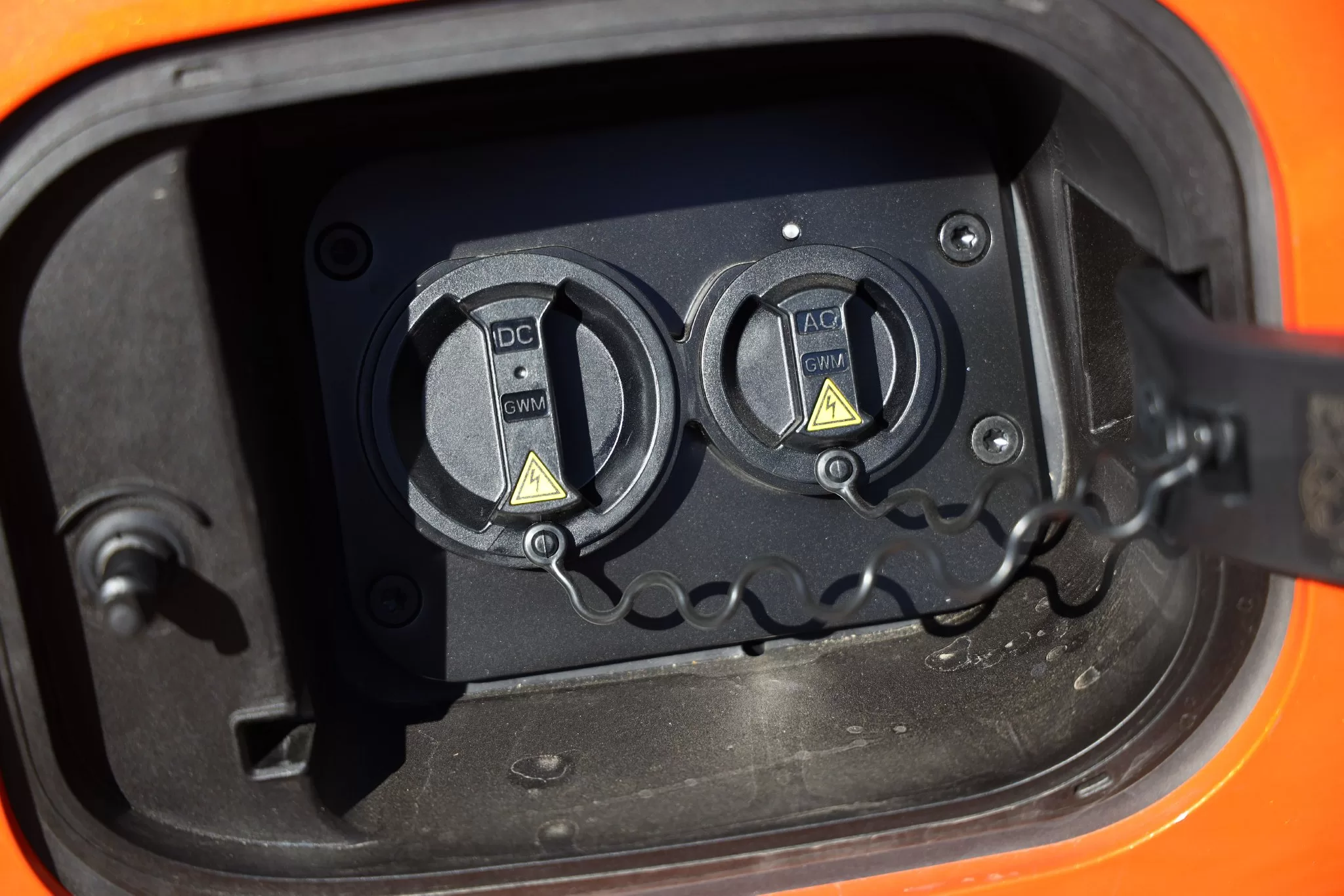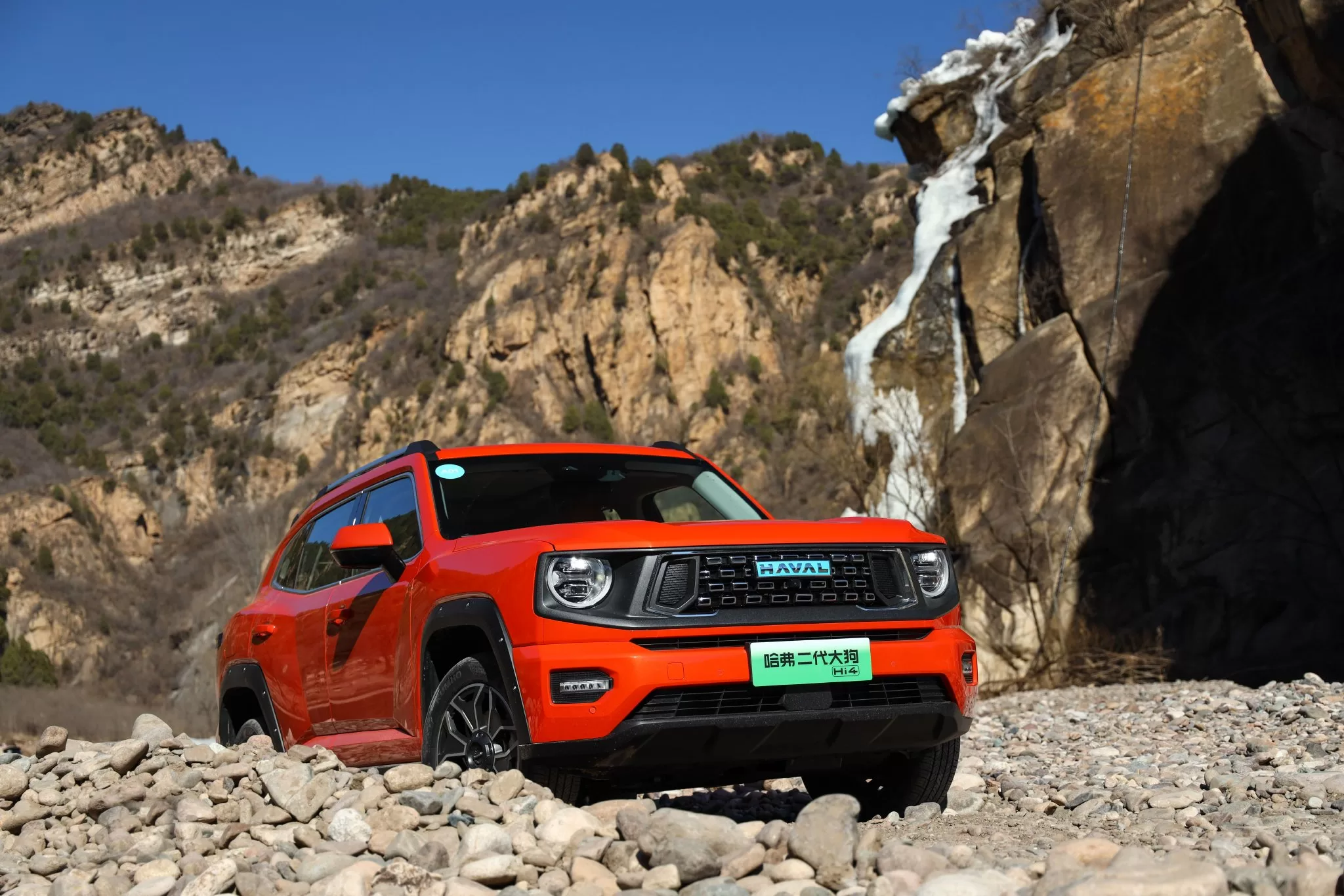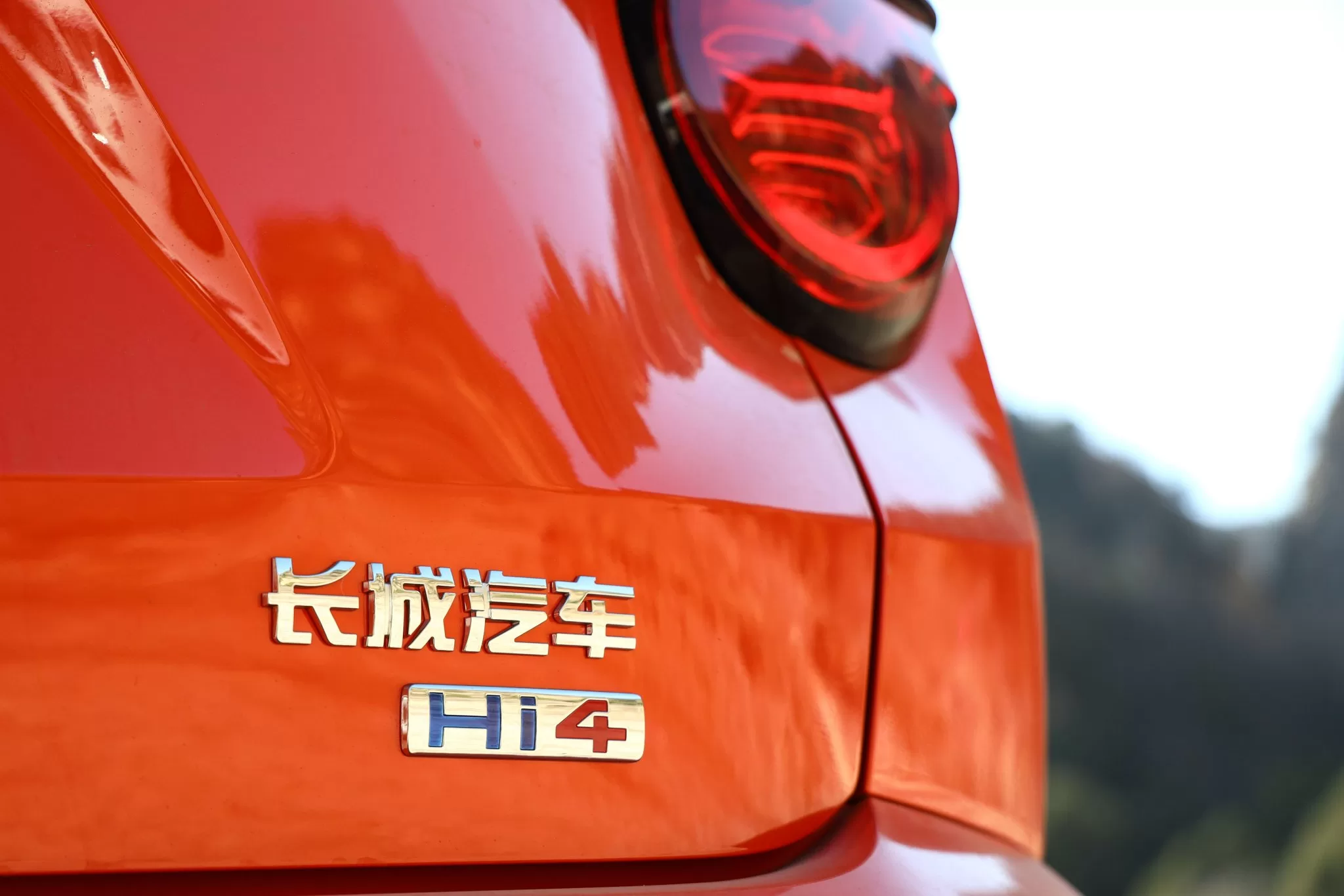With the launch of the second generation Haval H4i, the model now covers pure fuel version, 2-speed DHT-PHEV version, and Hi4 version, showing Haval’s latest fuel and new energy technology. The H4i version fills the regret of the DHT-PHEV model without four-wheel drive, and dog lovers who like light off-road driving can consider the Hi4 model. In addition, the Hi4 model has almost the same energy consumption performance as the DHT-PHEV model, with both four-wheel drive SUV and front-wheel drive SUV having the same energy consumption performance. It has to be said that the plug-in hybrid technology makes up for the traditional SUV’s fuel consumption weakness. First, let’s talk about energy consumption performance. The appearance and interior of the second generation Haval H4i are the same as the DHT-PHEV version, but with the addition of a rear axle motor, making it a four-wheel drive model. However, due to the decoupled electric four-wheel drive, it cannot be equipped with the mechanical rear differential lock of the fuel version. In this test drive experience, we mainly discuss its energy consumption performance and how it drives.
The second generation of the Haval Big Dog Hi4 pure electric can reach a range of 102km. The outbound journey uses forced power protection, four-wheel drive, and comfort mode, with energy recovery selected for comfort. Under forced power protection, the engine will frequently intervene to drive the vehicle and occasionally replenish the battery, which is known as power-assisted driving.
In electric mode, it traveled a total of 91.9km, including 10km of city rush hour traffic, 70km of highway driving, and 10km of mountain roads. The battery level remained consistent, maintaining a range of about 83km. The displayed fuel consumption in electric mode was 7.1L/100km, slightly higher than the official claim of 5.98L/100km. However, for a 2-ton midsize SUV, this fuel efficiency is satisfactory.
On the return trip, we used the pure electric priority, economic driving, and intelligent power protection mode. After driving 55km in pure electric mode, the display showed a remaining pure electric range of 18km, and the engine began to frequently switch to hybrid mode. The return trip had the same road conditions as the outbound trip, including congested urban areas during the evening rush hour. We traveled a total of 102.4km, with an average fuel consumption of 3.6L/100km and electricity consumption of 10.2kWh/100km. In one day of test driving, we covered over 200 kilometers. With a full charge, the fuel gauge hardly moved, and the tank was still full. It’s easy to achieve a long-range endurance of thousands of kilometers with a full tank of gas and full charge. For city commuting, the Haval Second Generation Big Dog Hi4 version is fully capable, with a pure electric range of 102km and acceptable fuel consumption. Personally, I think using hybrid mode is more efficient in daily use, as it saves both electricity and fuel. Versatile and powerful, with a smooth ride on both city streets and off-road.
The second-generation Haval H4’s performance on paved roads is commendable. The first impression is the excellent driving quality, with quiet cabin insulation and smooth handling. Whether driving or riding, it gives a high-end feeling comparable to SUVs costing 200,000 to 300,000. Another noteworthy point is the precise steering of the Haval H4, with the steering wheel responding quickly to slight turns, unlike some SUVs that feel loose and sluggish. This characteristic is also evident in the fuel and DHT-PHEV models.
With a 1.5T engine and dual electric motors front and rear, the second-generation Haval H4 Hi4 version has 3 engine and 9 mode dynamic switching, supporting “pure electric, pure electric priority, intelligent hybrid” three power modes freely set, can intelligently call front and rear axle dual electric motors, engine, achieve pure electric two-wheel drive, pure electric four-wheel drive, series mode, 1st gear direct drive, 2nd gear direct drive, parallel two-wheel drive, parallel four-wheel drive, single-axis energy recovery, dual-axis energy recovery 9 intelligent switching modes, in any travel scenario, flexibly match the optimal working mode, covering all working conditions. In terms of actual driving experience, you don’t feel when the vehicle switches to what mode, the only thing you can feel is the power response is sensitive and powerful, the power output is smooth and linear, daily driving also doesn’t need to worry about which mode to use, just choose “intelligent hybrid” or “pure electric priority” is enough.
The 1.5T hybrid engine has a thermal efficiency of up to 41.5%, with a maximum power of 123kW and maximum torque of 243N·m. The Hi4 front-wheel drive module uses a dual arrangement of front axle motors, with a maximum power of 70kW and maximum torque of 160N·m. The rear drive module directly powers the rear wheels, with a maximum power of 150kW and maximum torque of 350N·m. The system has a combined power of 278kW and combined torque of 750N·m, with the vehicle accelerating from 0-100km/h in just 6.3 seconds. The benefits of decoupled electric four-wheel drive are more precise power distribution between the front and rear axles, combined with Great Wall’s iTVC intelligent torque vectoring control system, providing better stability during highway driving and increased traction during off-road driving, as well as pitch control for smoother acceleration. In addition, the entire rear drive axle is wrapped in thick sound insulation, preventing damage from small stones and reducing noise significantly.
During the test drive, we also had a simple experience of off-road capability, climbing steep slopes on soft sand, and could clearly feel the benefits brought by the electric motor’s high low-speed torque characteristics. The powerful torque output easily resisted the strong resistance of the sand, bringing faster acceleration and making it easier to “walk fast on sand”. The four-wheel drive capability of Hi4 had no problems at all when facing complex road conditions such as cobblestones. Off-road driving relies on torque output, and with the support of the electric motor, the torque output is fully guaranteed. It is worth mentioning that the overall vehicle suspension tuning is also very good, leaning towards comfort on paved roads and without unnecessary bouncing on cobblestone roads. The shock absorbers greatly reduce road bumps, and the isolation sensation is in place, which is also what was just mentioned as having a “high-end feeling”.
The second-generation Haval Big Dog Hi4 has a 24° approach angle, 30° departure angle, and 19° breakover angle, with a minimum ground clearance of 200mm and a water depth of 560mm that does not seep into the vehicle. The vehicle’s wading depth is 390mm. Official data shows that the wading depth is much higher than the minimum ground clearance, indicating that the waterproofing of the battery pack and rear axle motor at the bottom of the vehicle is definitely not a problem, so you can confidently go wild.
One-click off-road mode and transparent chassis allow you to always be aware of the vehicle’s status and the surrounding environment. During this test drive, we had to drive over a narrow bridge, and with the transparent chassis, we were able to pass safely without the need for someone else to guide us. The rugged exterior and interior The appearance, interior, and space of the second generation of the Haval Big Dog Hi4 version are basically the same as the previous fuel version and DHT-PHEV version, so we won’t go into detail here. Interested friends can click on the link below: Full of wild fun, test driving the second generation Haval Big Dog fuel version
The tough exterior design matches the light off-road positioning. The vehicle measures 4705*1908*1780mm, with a wheelbase of 2810mm. It has a long wheelbase and short front and rear overhangs, with a 0.597 wheelbase ratio and a room rate of 62.6%.
The interior design is tough, with a touchscreen and many physical buttons for quick vehicle function settings, especially on rough off-road surfaces. The menu options on the car’s screen can be controlled through voice commands. With a 250ms wake-up speed, intelligent voice recognition, and support for multiple simultaneous commands.
The second generation of the Haval Big Dog Hi4 model uses a 50W wireless fast charging system, which has been tested on Huawei phones and can reach “super fast charging” mode, charging from 60% to 90% in just 20 minutes. The vehicle has 35 storage spaces inside, with a cup holder designed to hold a 1L double-layer stainless steel cup securely in place even when the car is in motion.
It is also worth mentioning that the second generation of Haval’s Big Dog Hi4 model adopts a new automatic parking function. After the vehicle comes to a stop, it will not automatically park, but instead requires another press of the brake pedal to activate the automatic parking, consistent with the logic of Mercedes-Benz. The advantage is that in stop-and-go traffic, the driver can control whether to park more freely with their foot, which is very convenient.
The second generation of Haval’s Hi4 model has a fast charging power of 33kW. It can reach 30%-80% battery capacity in 30 minutes at room temperature and supports 220V reverse discharge with a power of 3.3kW, providing energy for various camping appliances.
Busy urbanites really need a versatile SUV, and the second generation of the Haval Big Dog Hi4 version meets the needs of this group of people. It is ideal for everyday use and offers a low cost. Unlocking 3/4 scale off-road lifestyle during holidays, taking family and equipment to the mountains and creekside to camp and fish, that’s what life is all about.

